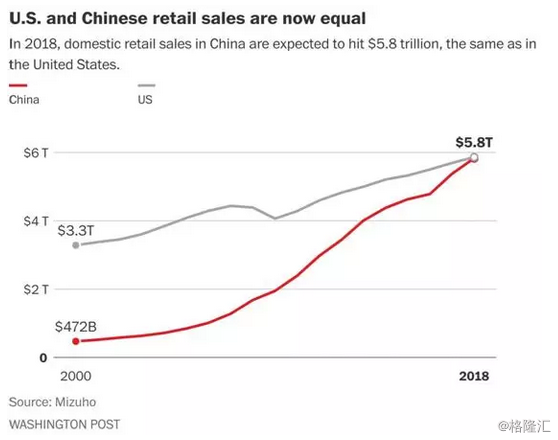China puts COVID under the control of other large economies, allowing it to rebound faster than its global competitors.
As the economy consolidated its rapid recovery from the paralysis of the coronavirus in early 2020, China’s factory and retail activity surged in the first two months of this year, exceeding expectations.
Although the impressive data released on Monday has seriously deviated from the very low base of last year’s sharp decline, analysts said that despite this, they still show that China’s strong rebound remains intact.
Data from the National Bureau of Statistics showed that the industrial output value increased by 35.1% year-on-year in the first two months, up from 7.3% in December last year, and higher than the 30% median growth expected by Reuters. Analyst survey.
Retail sales grew by 33.8%, which was also faster than the expected growth of 32%, which was a significant increase from the growth of 4.6% in December and the contraction of 20.5% from January to February 2020.
“We are optimistic about this year’s export and manufacturing investment prospects,” said Louis Kuys, head of Asian economics at the Oxford Institute for Economic Research. “And we expect that as confidence increases and the government’s call to reduce travel weakens, household consumption will increase. It has become the main driver of growth since the second quarter.”
China’s ability to contain the coronavirus pandemic before other major economies has allowed it to rebound more quickly.
By 2020, it is the only major economy that has recorded positive annual growth at 2.3%.
China’s export growth rate in February hit a record high [document: Shen Qilai/Bloomberg] The export growth rate in February hit a record high, and the price of factory gates recorded the largest increase since November 2018.
Due to the one-week Lunar New Year holiday, which is February 2021, China’s economic activity is usually distorted in the first two months.
Post time: Mar-18-2020

